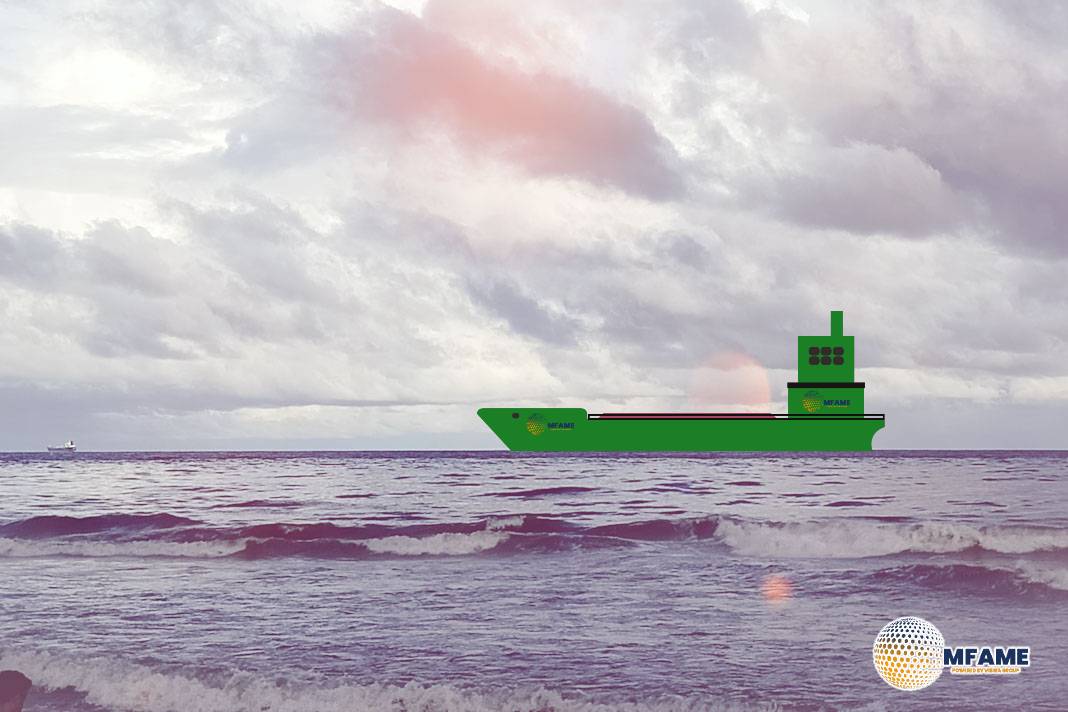- Cargo shipping between China and the U.S. could see a double front-loading period this year as companies rush to exploit a temporary 90-day pause in trade hostilities.
- Front-loading of goods was anticipated to restart now that the Trump administration has agreed to lower its tariff rate to 30% on goods from China, and Beijing’s rate on American imports was slashed to 10%.
Transpacific shipping routes are set to witness a dramatic uptick in container traffic over the coming weeks, as businesses rush to front-load shipments to take advantage of a temporary reduction in US and Chinese tariffs, reports SCMP.
“Wait-and-see” strategy
The 90-day truce announced by China and the United States on Monday is expected to trigger an immediate surge in demand for container shipping, with some analysts warning the increase in shipments could be so large that it creates bottlenecks at American ports. The de-escalation of the trade war came earlier than many expected, container shipping intelligence firm Linerlytica said in a note on Monday, which is “setting the stage for a surge in transpacific cargo volumes in the next three months”.
The wave of demand will be even more intense due to the fact that many companies already have significant backlogs of goods ready to ship, with US importers adopting a “wait-and-see” strategy in recent weeks as they watched for any potential move to roll back tariffs, said Lars Jensen, the founder of Vespucci Maritime, in an online post.
Following trade talks in Switzerland over the weekend, the US has agreed to reduce its recently imposed tariffs on Chinese imports from 145 per cent to 30 per cent, with 91 percentage points of those tariffs scrapped and 24 percentage points suspended for a period of 90 days.
Sharp decline in cargo volumes
China, in turn, has agreed to cut its retaliatory tariffs on US imports from 125 per cent to 10 per cent. The deal will come into effect on Wednesday.
The tariff pause is set to expire in the middle of the usual peak season for holiday-related goods heading to the US, meaning that firms are likely to front-load orders even more over the coming months – resulting in a “shorter, sharper peak season from basically right now”, Jensen said.
US ports, which have faced a sharp decline in cargo volume in recent weeks, are likely to start feeling the effects of a surge in shipments three to six weeks from now – bringing with it a substantial risk of bottlenecks and delays, he added.
The tariff truce has been welcomed by ports and carriers, although they hope for more positive outcomes to emerge from subsequent trade talks between Beijing and Washington.
“The 90-day pause and reduction of tariffs between the United States and China is welcome news for consumers, American businesses, workers, and the supply chain,” said Gene Seroka, executive director of the Port of Los Angeles, who previously warned that US companies only had weeks of inventory remaining.
However, Seroka warned that tariffs remain elevated compared to the baseline before April 1, as he called for both sides to work together towards a long-term agreement to avoid further uncertainty and disruption of trade.
“The agreement between China and the USA is a step in the right direction. We hope it can lay the foundation for the parties to also reach a permanent deal that can create the long-term predictability our customers need,” Maersk said in a statement on Monday.
Freight rates set to surge
The Danish shipping giant also said they were working hard to help customers make the best use of the 90-day window.
The volume rebound will coincide with the traditional summer peak season, with freight rates set to surge as a result, Linerlytica said.
Carriers have pre-announced provisional transpacific peak season surcharges of US$1,000 to US$2,000 per 40-foot equivalent unit (FEU) that would apply as early as Thursday, which will push rates to the US West Coast above US$3,500.
As vessel capacity is drawn back to the transpacific, freight rates on routes outside the US are also expected to benefit.
As of noon on Tuesday, futures contracts for containerised freight services from Shanghai to European ports for June and August were up by 7.86 per cent and 12.79 per cent, respectively.
Did you subscribe to our daily Newsletter?
It’s Free Click here to Subscribe!
Source: SCMP

















